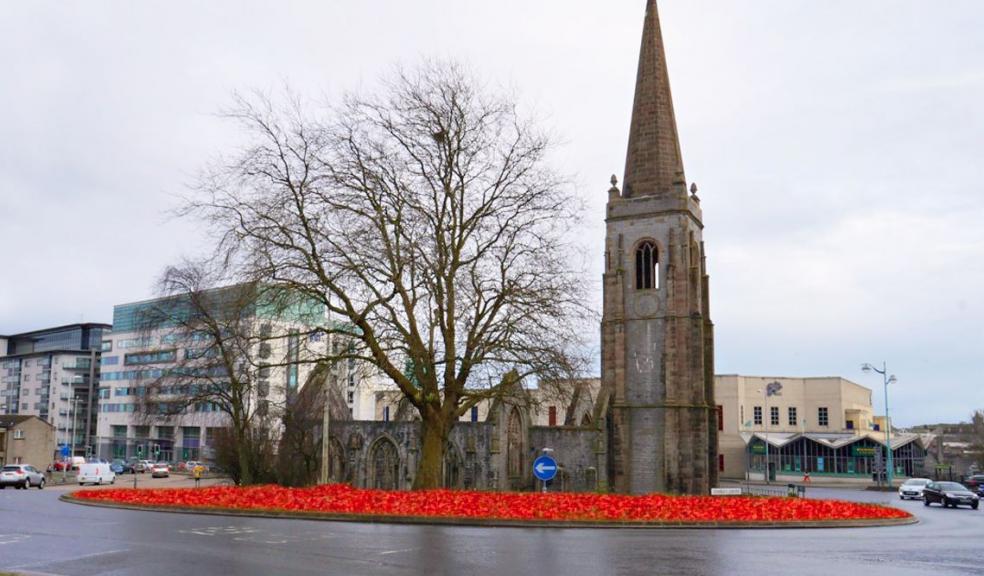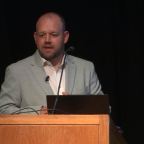
Sea of poppies to surround Charles Church
A sea of poppies will surround the ruins of Charles Church this year as part of an exciting programme of work to celebrate this important Plymouth monument.
Seeds will be planted next month around the church at the top of Exeter Street which is the city’s memorial to those who lost their lives in the Blitz.
And the real flowers could be replaced with a work of art as the Council plans to commission artists to put forward proposals for a dramatic design similar to the incredible flourish of poppies that poured out of the Tower of London last year.
Cabinet Member for Finance and Assets Mark Lowry said: “We often focus on major schemes, but sometimes smaller items can have a huge impact and we are planning to make more of this monument.
“We have put together a package of ‘10 things to show we care’ about Charles Church. It holds a very a special place in the hearts of people here and I don’t think we should allow this to fade into history – particularly as this year is the 75th anniversary of the Plymouth Blitz.”
He added: “The public art proposal is still very much in its infancy and depends on securing grant funding, but it could for instance involve doves as the international sign of peace and be similar to the incredible sculpture at the Tower of London. People of Plymouth are able to buy individual pieces of the art in memory of those in their family who were lost during the Blitz.”
Other ideas in the pipeline include:
- Celebrate its history on a monolith panel on Exeter Street
- New signs to depict the significance of the site as a war monument
- Ensure the existing bronze plaques depicting the history of Charles Cross are re-used and placed in prominent locations
- Repair and refurbish railings to the stone wall of the church to smarten its appearance to make a better impression
- Install photographs of the Blitz on railings on the paths around the roundabout that surrounds Charles Church so that people get a real sense of the scale of the destruction the city endured
- Regular treatment for tree growth and other intrusive plants within the church site
- Arrange public talks about the history of Charles Cross
He added: “All these ideas are achievable. Charles Church was deliberately left as a ruin to honour the 1,200 civilians who lost their lives in Plymouth and we need to show we care about the building and what it symbolises.
"Changes to this part of the city are on their way with the redevelopment of Bretonside and this is an opportunity to look at how to make the most of this moving place. We will be exploring other ideas to see if we can make the site safer to allow access," he added.
The scheduled ancient monument is currently in an unsafe condition and is continuing to crumble.
The Council will also fund repairs to arches and window mullions which require stonework repairs and on-going protection. This is expected to be in the region of £100,000.
“Lighting the church last year proved a very popular move with thousands of people reading about it in the Herald and on social media. It changed the appearance of the monument at night again.
“It remains a potent symbol of the city’s collective memory and we should care for this memory with the respect it deserves. That’s why we are embarking on this list of 10 things to show we care.”
Charles Church was built in 1641 and named in honour of King Charles 1. It was destroyed during the night of 20 to 21 March 1941 as a result of incendiary bombing.
When peace came it was decided not to rebuild Charles Church but instead to leave is as a permanent memorial of the 1,200 civilian deaths in the air raids.













